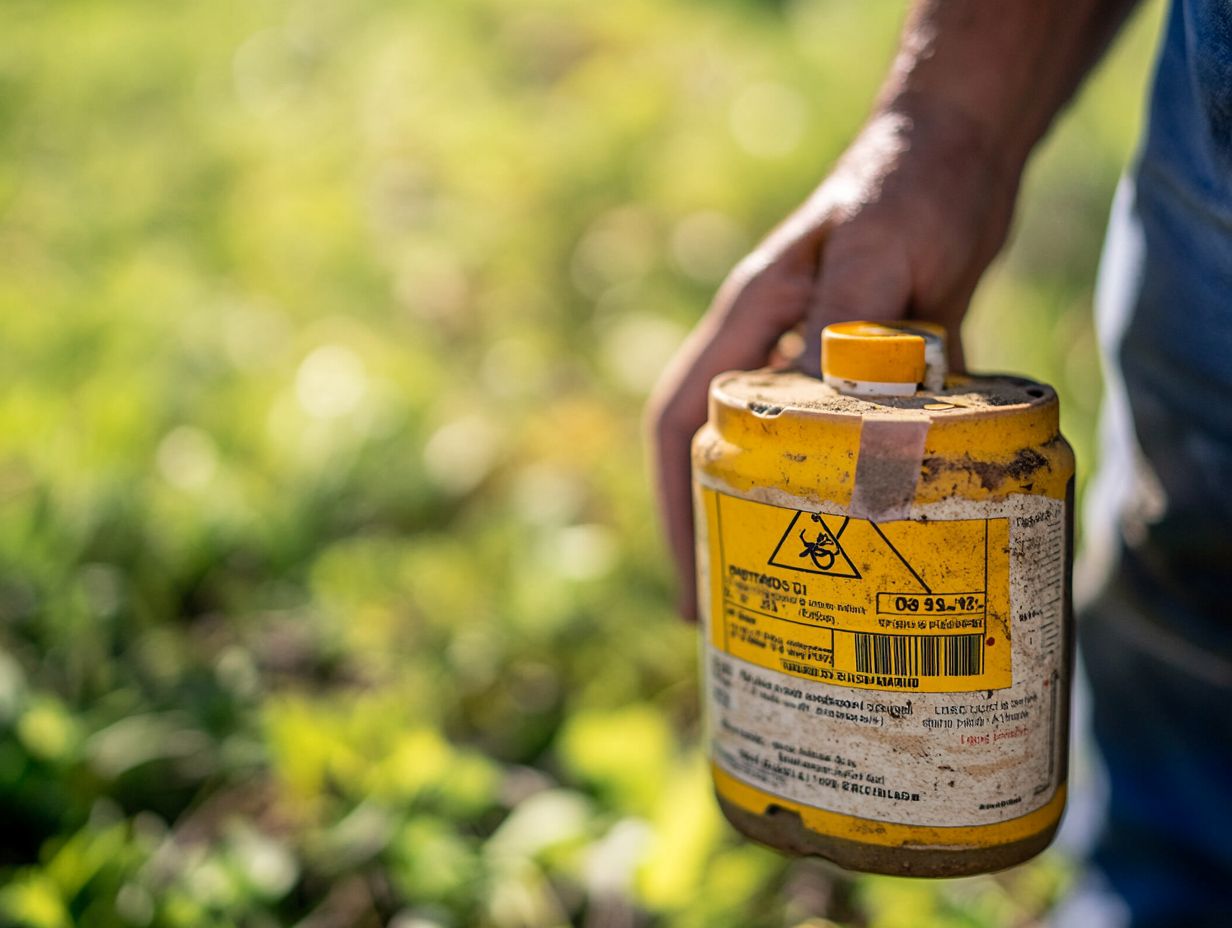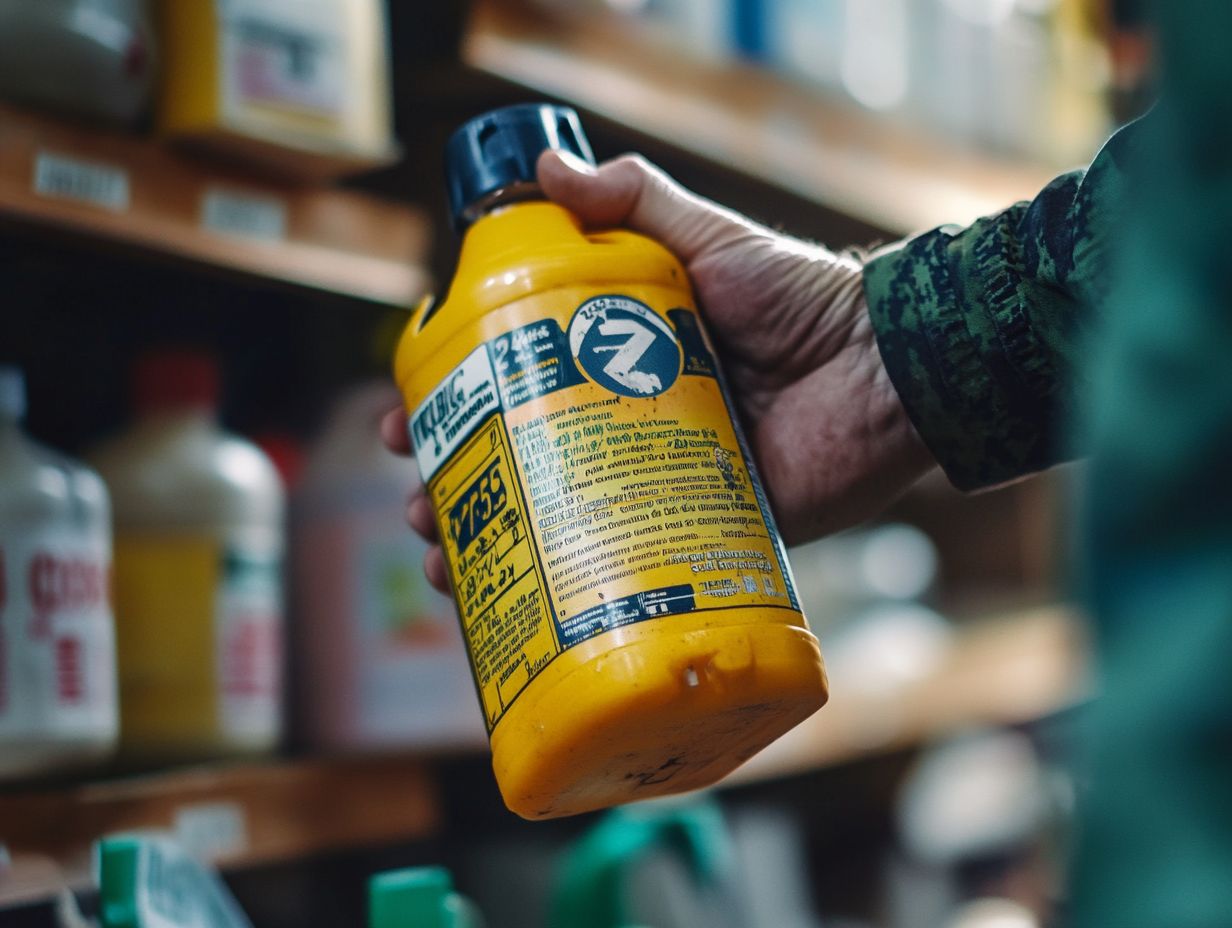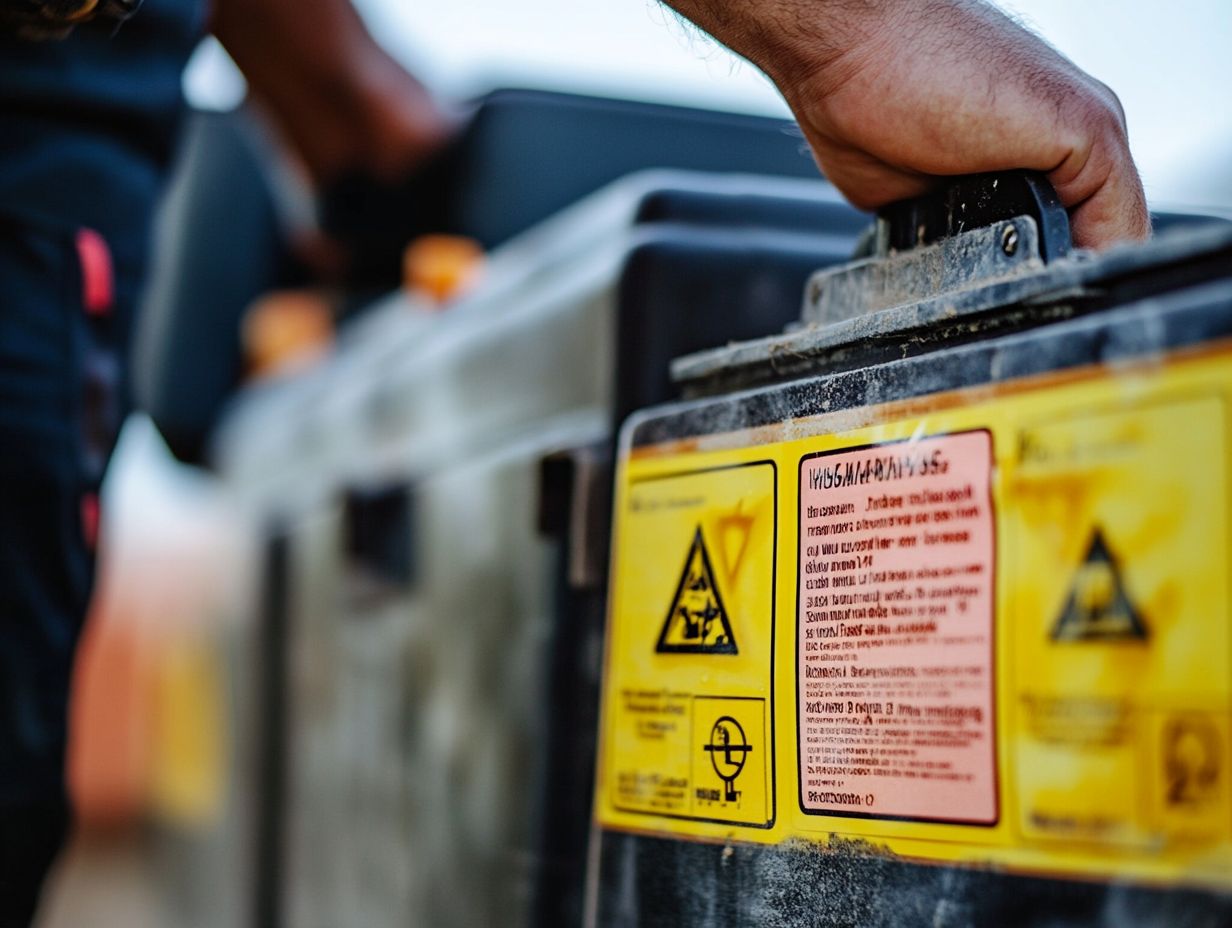How to Travel Responsibly: A Beginner’s Guide
Navigating the world of pesticides can feel overwhelming, particularly with the myriad of information crammed onto those labels. This article demystifies pesticide labels, emphasizing their crucial role and significance in ensuring safe application.
You will discover how to interpret the key information and symbols that enable you to handle these products properly. The article also covers essential safety measures, potential health and environmental risks, and alternative pest control methods, empowering you to make informed and responsible choices.
Contents
- Key Takeaways:
- What are Pesticide Labels?
- Interpreting Pesticide Labels
- Pesticide Safety Measures
- Potential Risks and Side Effects of Pesticides
- Alternatives to Pesticides
- Frequently Asked Questions
- Curious about pesticide labels? Here s why they matter!
- What information is typically included on a pesticide label?
- What do the signal words on pesticide labels mean?
- Can pesticide labels be modified or removed?
- What should I do if I accidentally spill or come in contact with a pesticide?
- How can I safely dispose of leftover pesticides and their containers?
Key Takeaways:

- Always read and follow pesticide labels carefully to ensure safe and effective use.
- Pesticide labels contain crucial information and symbols that help users understand the product and its potential risks.
- It is important to use proper protective equipment and follow handling procedures to minimize exposure and potential health and environmental impacts.
What are Pesticide Labels?
Pesticide labels are critical documents that furnish you with essential information about pesticide products. They outline active ingredients, ingredient statements, and the importance of following federal laws and legal guidelines for safe usage and handling.
These labels go beyond mere regulatory formalities; they are crucial resources for safeguarding user safety, protecting the environment, and preventing misuse in agricultural practices.
Purpose and Importance
The primary purpose of pesticide labels is to ensure your safety and reduce environmental risks that may arise from using pest control products. These labels guide you on how to handle and apply pesticides safely.
Look for precautionary statements that tell you exactly what protective gear you need to stay safe! The labels also clearly outline potential health hazards, allowing you to understand the specific dangers associated with misuse.
By emphasizing the importance of following the label directions, these comprehensive instructions not only protect you but also safeguard the surrounding ecosystems, reinforcing a broader commitment to responsible pest management.
Interpreting Pesticide Labels
Interpreting pesticide labels with precision is crucial for both effective application and adherence to legal guidelines. These labels provide vital information, including signal words, registration numbers, and application instructions, all of which serve as your roadmap for using the product correctly.
A keen understanding of this information gives you the power to utilize pesticides safely and responsibly.
Key Information and Symbols

Pesticide labels are your go-to guide, packed with essential symbols and key information, such as active ingredients and an ingredient statement, that allow you to quickly assess a product’s safety and effectiveness.
These symbols are crucial indicators that highlight potential health hazards, guiding you to take the necessary precautions to prevent contamination. For example, hazard symbols like skulls or exclamation marks signal toxicity levels, making it clear that protective gear is a must during application.
You ll also find symbols for environmental protection that alert you to risks for wildlife and aquatic systems, emphasizing the importance of responsible usage. Understanding these labels is vital not just for your personal safety but also for minimizing adverse effects on the ecosystem. After all, improper handling could lead to serious repercussions for both health and the environment.
Pesticide Safety Measures
Implementing pesticide safety measures is essential for ensuring both your safety and the health of the environment. This involves the meticulous use of personal protective equipment (PPE) and strict adherence to label instructions, all aimed at minimizing exposure risks.
Your commitment to these practices not only protects you but also contributes to a healthier ecosystem.
Empower yourself with knowledge always check the label before using any pesticide!
Protective Equipment and Handling Procedures
Proper handling procedures and personal protective equipment (PPE) are essential for your safety! They allow you to manage pesticides effectively while minimizing risks to both yourself and the environment.
Several types of PPE are crucial for pesticide application, including gloves, goggles, respirators, and protective clothing. Each item is specifically designed to protect different areas of your body from chemical exposure.
It’s vital to familiarize yourself with best practices. Regularly inspect your equipment, adhere to label instructions, and ensure proper cleaning of equipment after use. Keep emergency contact numbers accessible and know the first aid procedures outlined on the pesticide label.
If accidental exposure occurs, act quickly to reduce health risks! This highlights the importance of vigilance in your approach to chemical management.
Potential Risks and Side Effects of Pesticides
Understanding the potential risks and side effects of pesticides is essential for making informed decisions about their use. These chemicals can pose significant health hazards and environmental repercussions if not managed properly.
Health and Environmental Impacts

The health and environmental impacts of pesticides can be profound. They affect not just the target pests but also non-target species and entire ecosystems when not used responsibly according to label guidelines.
This underscores the importance of understanding the instructions on pesticide labels, which provide essential guidelines for safe and effective application. By following these recommendations, you can significantly reduce the risk of exposure to toxic chemicals while also protecting beneficial organisms, like bees and other pollinators.
Improper application can lead to contamination of soil and water sources, posing serious health risks to nearby communities. Therefore, it s crucial to prioritize proper disposal methods and strictly adhere to label instructions for environmental protection and long-term sustainability.
Alternatives to Pesticides
Exploring alternatives to chemical pesticides opens the door to safer, more environmentally friendly pest management solutions. These solutions prioritize your safety and the delicate balance of our ecosystems, reducing reliance on toxic substances.
By considering these options, you can have a significant impact on sustainable practices while effectively managing pests.
Natural and Organic Pest Control Methods
Natural and organic pest control methods harness the power of beneficial organisms, plant-based substances, and sustainable practices, such as companion planting, to manage pests effectively while safeguarding the environment.
Integrating techniques like companion planting growing specific crops together to deter pests and using biological control methods involving natural predators helps cultivate a balanced ecosystem that minimizes reliance on harmful chemicals. These approaches mitigate the threat posed by invasive species, enhance soil health, and promote biodiversity.
Embracing such safe and effective strategies aligns with sustainable agricultural practices and offers peace of mind to consumers seeking pesticide-free produce. This reduces their exposure to hazardous waste and risks associated with pesticide application.
Frequently Asked Questions
Curious about pesticide labels? Here s why they matter!

Pesticide labels are legally binding instructions that provide important information about the proper handling, use, storage, and disposal of a pesticide product. Understanding them ensures the safe and effective use of pesticides and compliance with federal and state laws.
What information is typically included on a pesticide label?
Pesticide labels usually include the product name, active ingredients, and how to use it. They also provide precautionary statements, signal words, first aid instructions, and storage and disposal information.
What do the signal words on pesticide labels mean?
Signal words like “Danger,” “Warning,” or “Caution” show how toxic the product is. Always pay attention to these words to ensure your safety.
Can pesticide labels be modified or removed?
No, you cannot modify or remove pesticide labels. Altering a label is illegal and can compromise the information you need to stay safe.
What should I do if I accidentally spill or come in contact with a pesticide?
If you spill or touch pesticide, follow the first aid instructions on the label right away. If you swallow any, do not induce vomiting; seek medical help immediately.
How can I safely dispose of leftover pesticides and their containers?
Follow the disposal instructions on the label to get rid of leftover pesticides safely. Typically, you should take them to a certified hazardous waste facility.






